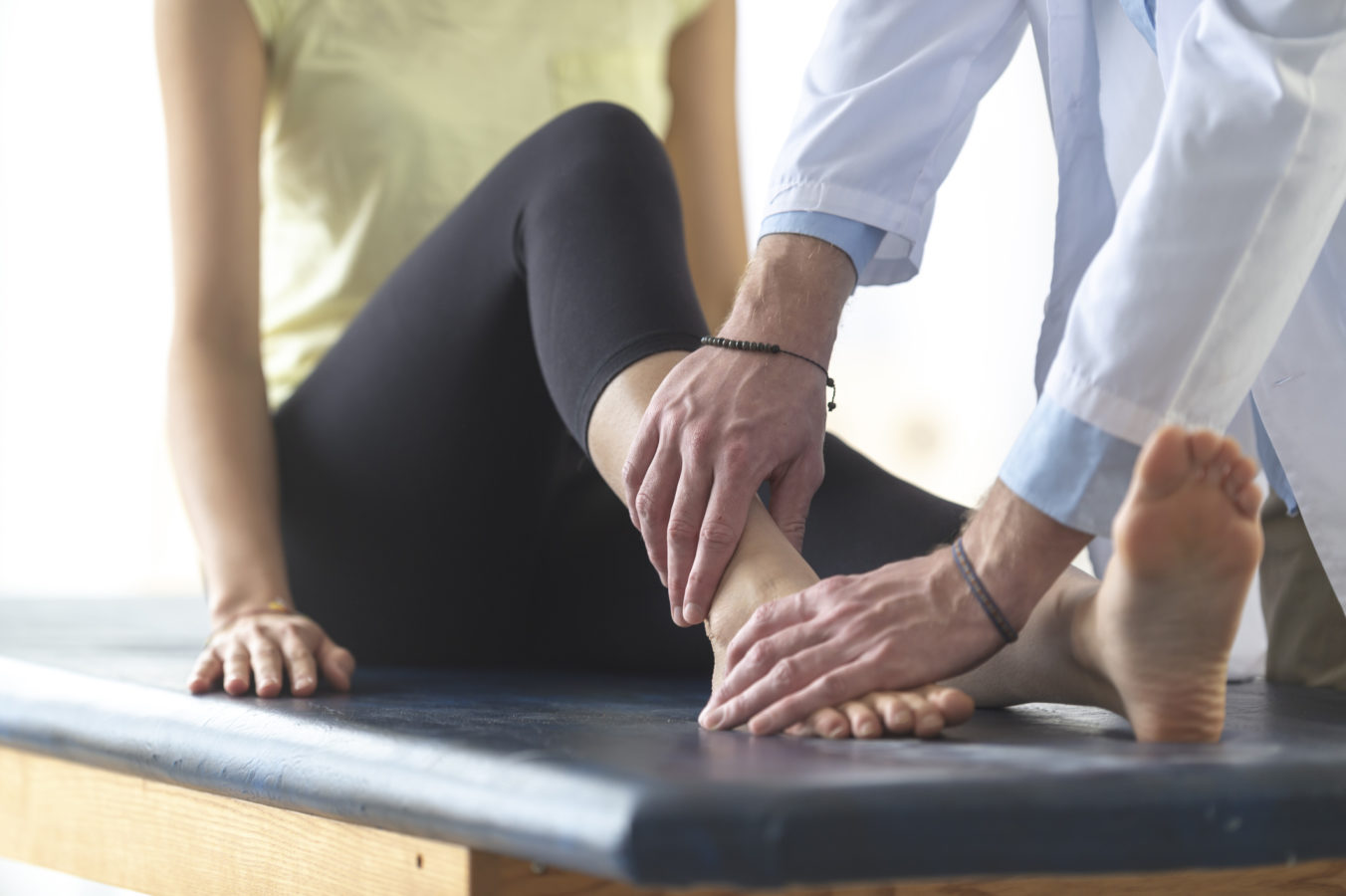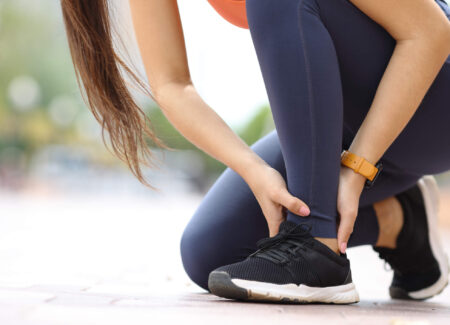
Medically reviewed by Misty Seidenburg
If you are new to physical therapy, you probably have some questions about what to expect during treatment. One of the most common things patients want to know is, “What should I wear to physical therapy?” It’s an important question because wearing the right attire can help to make it easier for your physical therapist to fully evaluate and treat your injury.
When deciding what to wear to your first physical therapy session, consider the following:
Above all, you should be comfortable during physical therapy. Choose clean, loose, breathable clothes that are soft to the touch. Try to avoid clothing with too many buttons, snaps, or clunky zippers that can dig into your skin as you move around.
Clothing should never feel restrictive during physical therapy. Your apparel should allow you to move freely and perform any stretches and exercises that are part of your treatment plan. Athletic or leisurewear can be ideal for physical therapy.
Dressing in layers is practical in case you get warm or feel chilly during physical therapy. Once you begin moving around and begin to feel warm, you may want to take off an outer layer. Try wearing a t-shirt or a tank top with an athletic jacket or loose sweatshirt on top.
When you dress for physical therapy, think about the affected body part. Wear clothing that allows your physical therapist to access the treatment area quickly and easily. For example, if your physical therapist is treating your back, wear a loose t-shirt so that they can easily access the area for palpation or examination.
If you have a neck or shoulder injury, wear a tank top or loose-fitting t-shirt. If you have long hair, secure it with a hair tie. For a back injury, a t-shirt will work. It is also helpful to choose shorts or pants with an elastic band in case your therapist asks you to roll them down slightly to access your lower spine.
If your physical therapist is treating a lower-body injury of the hips, legs, or knees, shorts or loose, comfortable pants can be the best choice. They should be soft and unrestrictive, preferably with an elastic waistband. While fitted athletic leggings may be comfortable, they can be difficult to roll up or down as needed.
Like your clothing, proper footwear also allows your physical therapist to evaluate your condition. Your shoes should be comfortable, well-fitting, and supportive. Sneakers, flat shoes or athletic shoes are best.
Athletic shoes or flat shoes help your therapist assess your natural gait pattern. They also allow for a more neutral posture for evaluating back and leg injuries. If your physical therapy treatment involves increased amounts of exercise, appropriate footwear provides comfort, stability, and safety.
Now that you know why it’s important to choose the proper clothing for physical therapy, let’s make a list of what to wear to your appointment. Use this list as a starting point:
Now, let’s cover some of the clothing and accessories that don’t work well for physical therapy. First, remove as much of your jewelry as possible before your session, particularly dangling necklaces and bracelets.
Any tight-fitting, restrictive clothing will interfere with your range of motion and will make it hard for your therapist to evaluate the treatment area. That includes tight-fitting jeans, heavy sweaters, and turtlenecks. Dresses and skirts should be avoided because they don’t offer sufficient coverage during movement.
Avoid open-toe shoes, heels, boots, and sandals. Stick to sturdy, well-fitting sneakers or flat shoes.
It is essential that you feel comfortable in your clothing and have plenty of room to exercise during physical therapy. But it is just as important to pay attention to your emotional comfort level as well. Tell your therapist if you are uneasy about any type of physical touch or don’t feel comfortable removing layers of clothing at any time.
Open communication is essential to build trust and confidence as you embark on your physical therapy journey. A healthy connection with your provider can have a positive impact on your overall outcome.
Many physical therapy patients are coming right from work or another obligation and need to change their clothing. If your clinic doesn’t have a designated changing area, you can get changed in the restroom. Just be sure to arrive to your appointment a few minutes early so you don’t cut into your scheduled treatment time.
Avoid it if you can. There may be other patients in the clinic who have allergies or sensitivities to fragrances.
Your physical therapist wants to set you up for success. That includes recommending the most suitable clothing for your appointments.
If you have questions about what to wear to physical therapy or any other part of the rehabilitation experience, don’t hesitate to reach out to your physical therapist prior to your appointment. They may have specific guidance based on your condition and treatment goals.
Visit this link to find a physical therapy clinic near you and request an appointment to see how physical therapy can help you.

